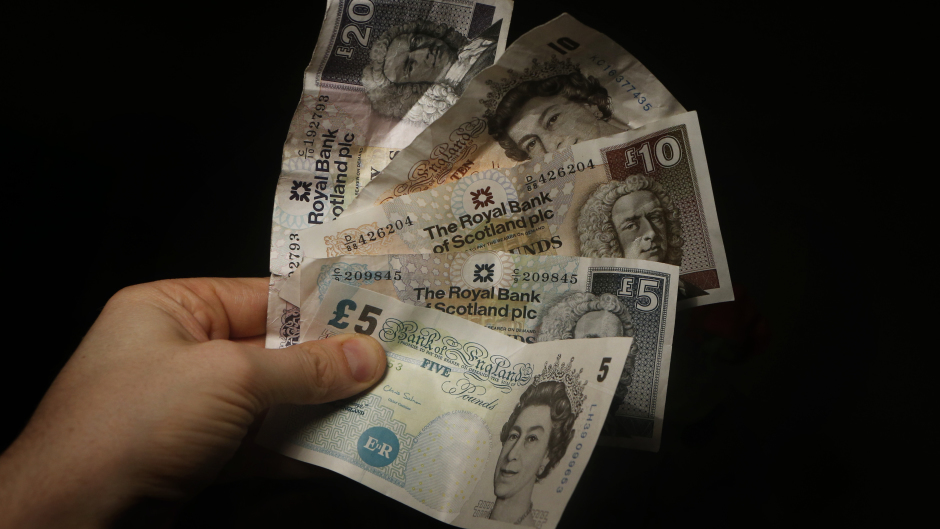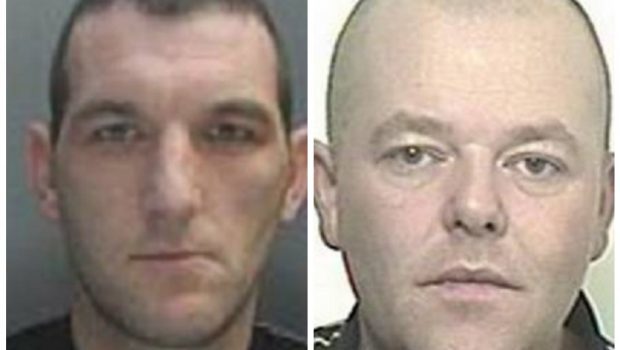A gang of thieves used explosives to blow up a series of north-east cash machines in an audacious series of heists which raked in more than £130,000.
Joseph McHale, 38, and Kevin Schruyers, 42, and Robin Vaughan, 43, all from Liverpool, were part of a gang who targeted cash machines across Aberdeenshire.
The gang struck in the early hours of the morning, causing thousands of pounds worth of damage to ATMs in Stonehaven, Inverurie, Aberdeen, New Deer near Turiff and Ellon between August and November 2013.
They duped Francis Clark, brother of actress and model Sophie Kennedy Clark and grandson of singer Calum Kennedy, into providing them with a hideaway.
Mr Clark, 28, told the trial at the High Court in Glasgow: “They said they were up here to do different things in the oil industry and stayed for a week or maybe 10 days.”
Mr Clark told prosecutor Keith Stewart QC that he realised they were blowing up ATMs when he came home from work one day and found Vaughan and others dipping banknotes into a bowl filled with nail varnish remover.
He was asked where the dye came from and replied: “When you blow up an ATM dye goes on the money. They were scraping it off onto my wooden chopping boards.
“I asked what was going on and they told me they had blown up ATMs. They said they used a mixture of oxygen and acetylene. They said they got around £100,000 from one machine.”

At the High Court in Glasgow McHale and Schruyers were convicted of blowing up a number of ATM machines and taking more than £130,000 from the appliances.
The court heard that the technique used in the thefts was extremely dangerous and the jury saw CCTV footage of the ATM in New Deer, Turiff, being blown up which showed airborne debris hurtling from the machine inside the bank.
A fire expert told the jury that it was dangerous even transporting the gas cylinders around.
Lady Scott deferred sentence on all three accused until next month at the High Court at Livingston.










